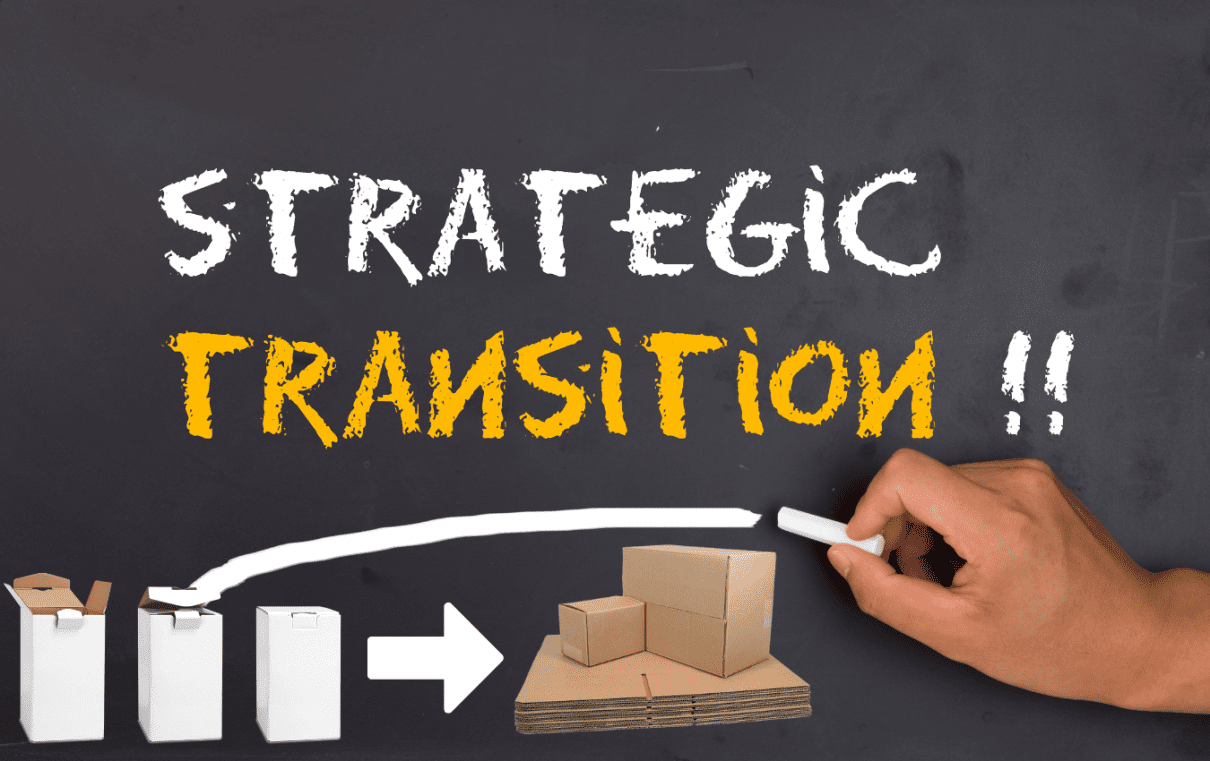Home » How To Transition from Chipboard to Corrugated Boxes
How To Transition from Chipboard to Corrugated Boxes

In the world of packaging, businesses often face the decision of whether to use chipboard boxes or transition to corrugated ones. Both types have their unique strengths and applications, but there comes a time when transitioning to corrugated boxes is more beneficial. This blog post explores the scenarios that warrant such a transition, helping businesses make an informed decision for their packaging needs.
Understanding Chipboard and Corrugated Boxes
Before discussing the transition, it’s important to understand the differences between these two types of packaging.
- Chipboard Boxes: Made from reclaimed paper stock, chipboard boxes are lightweight and ideal for small, non-fragile items. They are commonly used for products like cereals, shoes, or board games.
- Corrugated Boxes: These are stronger and more durable, consisting of a fluted corrugated sheet sandwiched between two linerboards. They provide better protection and are suitable for heavier or more delicate items.
Chipboard box
Corrugated box
When to Consider Transitioning to Corrugated Boxes
- Increased Product Weight:
- If your products have become heavier, corrugated boxes offer the strength and durability necessary to support the additional weight.
- Fragile or Valuable Items:
- For products that are fragile or of high value, corrugated boxes provide better protection against impacts and crushing forces.
- Shipping and Handling Concerns:
- If your products are being shipped over longer distances or through multiple carriers, corrugated boxes can withstand the rigors of shipping and handling more effectively.
- Storage and Stacking Needs:
- Corrugated boxes have superior stacking strength, making them ideal if your products need to be stored or stacked without risking box collapse.
- Environmental Considerations:
- While both chipboard and corrugated materials can be environmentally friendly, corrugated boxes often have a higher content of recycled materials and are easily recyclable.
- Varying Product Sizes:
- Corrugated boxes come in a wider range of sizes and can be customized more easily, making them suitable for businesses with a diverse product range.
Benefits of Switching to Corrugated Boxes
- Enhanced Product Protection: The sturdy structure of corrugated boxes provides better protection, reducing the risk of product damage during transit.
- Cost-Effectiveness in the Long Run: Although initially more expensive, the durability of corrugated boxes can reduce the costs associated with damaged goods and returns.
- Sustainability: Corrugated boxes are highly recyclable, aligning with sustainable business practices.
Considerations Before Making the Transition
- Cost Implications: Evaluate the cost differences between chipboard and corrugated boxes and how it impacts your overall budget.
- Supplier Relationships: Assess your current supplier’s ability to provide high-quality corrugated options or consider finding a new supplier.
- Customer Feedback: Gather insights from your customers, as their satisfaction with packaging can influence repeat business.
If you are interested in transition from chipboards to corrugated boxes, then partner with Brown Packaging today to get started.
Why Co-Packaging Becomes Critical During the Holidays As the holiday season approaches, packaging teams are under pressure to deliver high volumes of promotional sets, combo
Holiday demand starts long before December. So should your packaging. For B2B and D2C brands alike, Q4 is the most critical—and most chaotic—shipping window of
The Challenge of Multi-SKU Holiday Programs During the holiday season, brands often shift from selling single products to curated sets, bundled assortments, and promotional kits—each
Rigid boxes are the gold standard of premium packaging. Whether used for cosmetics, electronics, fashion, or high-end subscription kits, rigid boxes do more than protect
Understanding One-Piece FOL and Three-Piece Bike Shipping Boxes Choosing the right box style is essential when shipping bicycles—especially for brands, manufacturers, and distributors focused on
Corrugated boxes are essential to shipping, retail, and e-commerce—but when you introduce custom printing, the stakes (and the opportunities) rise. Print isn’t just about looks—it’s
Home » How To Transition from Chipboard to Corrugated Boxes
Designing a Full-Overlap (FOL) box tailored to your specific needs is a critical step in ensuring the safe and secure packaging of your products. FOL
Corrugated boxes play a vital role in the packaging industry, offering durability and versatility for shipping and storing various products. To ensure the safe transportation
In the world of packaging, businesses often face the decision of whether to use chipboard boxes or transition to corrugated ones. Both types have their